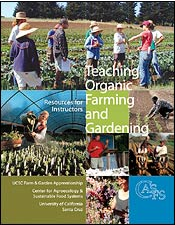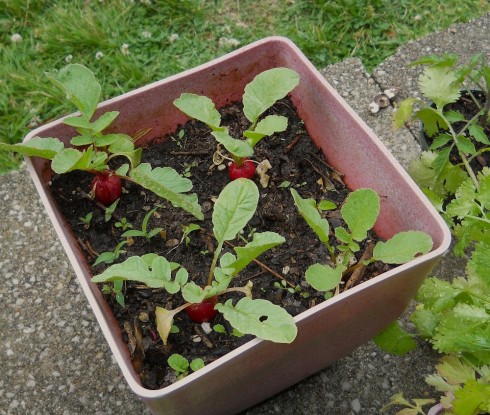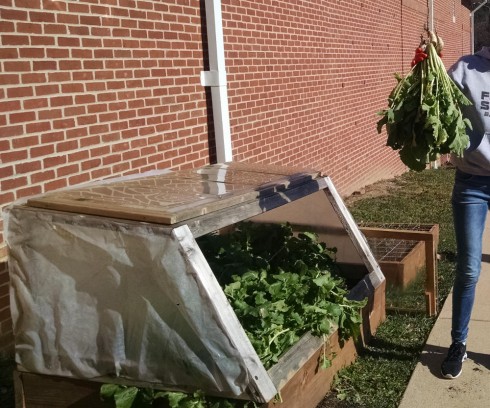
Two years ago we bought a greenhouse. It was aluminum framed with plastic panels. Unfortunately, its profile was not as wind-resistant as it needed to be for our campus. So last semester we built three vegetable boxes and salvaged the plastic panels from the greenhouse to build low-profile cold frames. These turned out quite nicely, and the Middle School’s Student-Run-Business’ Gardening Department have been experimenting with different types of produce.
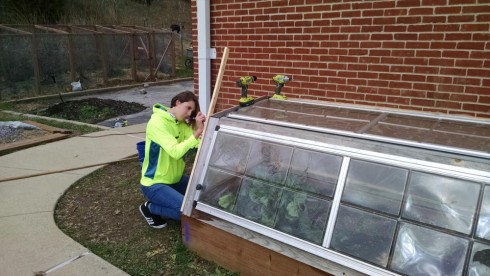
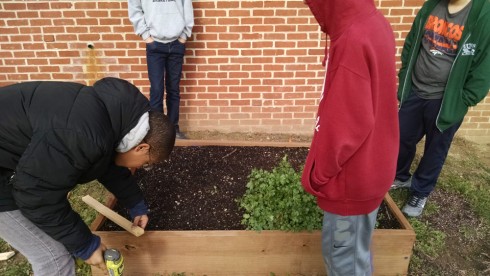
The wood for the raised beds and the frames for the cold frames were purchased using funds from a grant by the Whole Kids Foundation and the pieces cut at the TechShop.
